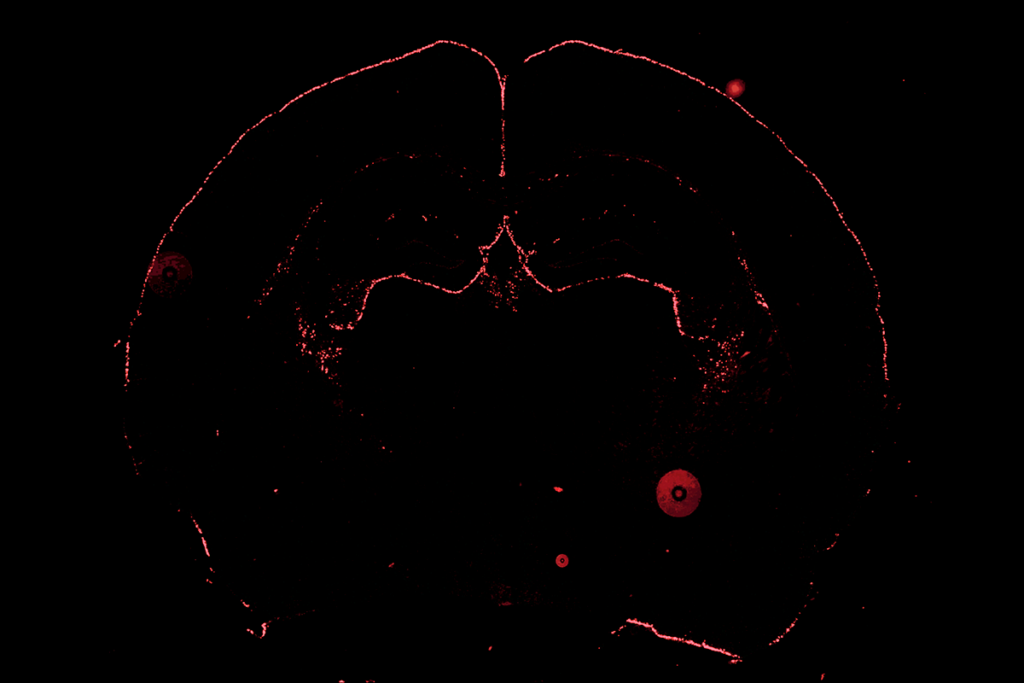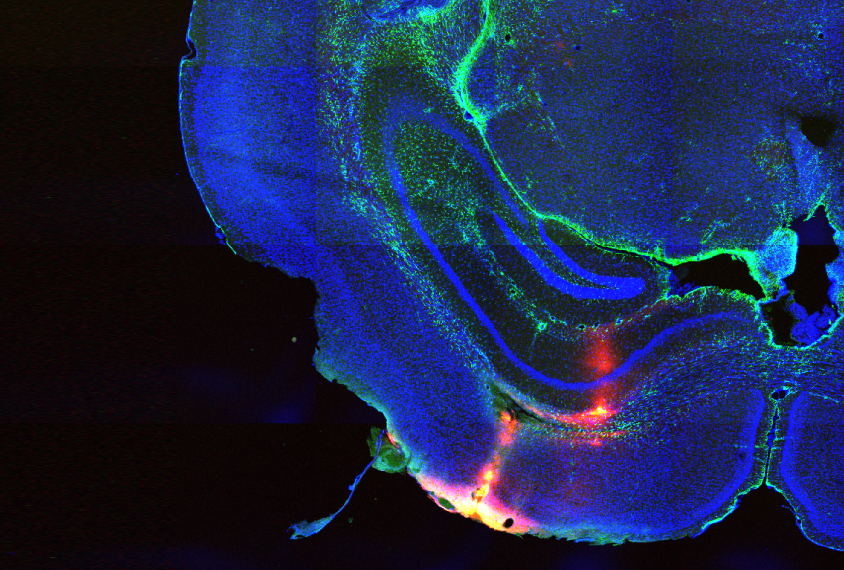
Brain implant mutes seizure-like activity in mice
A new brain implant pumps chemical signals directly into a target region to ease seizure-like activity in mice.
A new brain implant pumps chemical signals directly into a target region to ease seizure-like activity in mice1.
Clinicians could use the implant to treat neurological conditions such as epilepsy. Roughly 25 percent of people with autism have epilepsy. Medications for epilepsy only work in 70 percent of people with the condition and can trigger serious side effects.
The implant is a 5-millimeter-long pump that researchers load with positively charged molecules or chemical messengers2. Researchers inject the pump into the desired brain region — typically a spot where seizures are thought to originate.
Sending electrical current through the pump creates an electric field that causes charged molecules to flow out of the pump and into the brain. The molecules diffuse only a limited distance in the brain and may result in fewer side effects than epilepsy drugs.
Stifling seizures:
In a test run, researchers loaded the pump with gamma-aminobutyric acid (GABA), a neurotransmitter that curbs brain signals. They implanted it into the hippocampus of unconscious mice.
The pump muted activity in the hippocampus of three mice that received it after being exposed to a chemical called 4-aminopyridine, which induces seizure-like activity. And it prevented aberrant brain activity in four mice that received it before treatment with the chemical. By contrast, seizure-like activity in eight mice that did not have the pump lasted for more than an hour. The work appeared in August in Science Advances.
The researchers plan to test the pump’s ability to operate in mice over months, and using other chemicals, such as potassium or dopamine. GABA may not always be the medication of choice in people with epilepsy, as it worsens the condition in some autistic individuals3.
Ultimately, the researchers say, they would like to automate the pump so that a sensor in the device would detect a seizure and immediately deliver a drug in response.
References:
Recommended reading
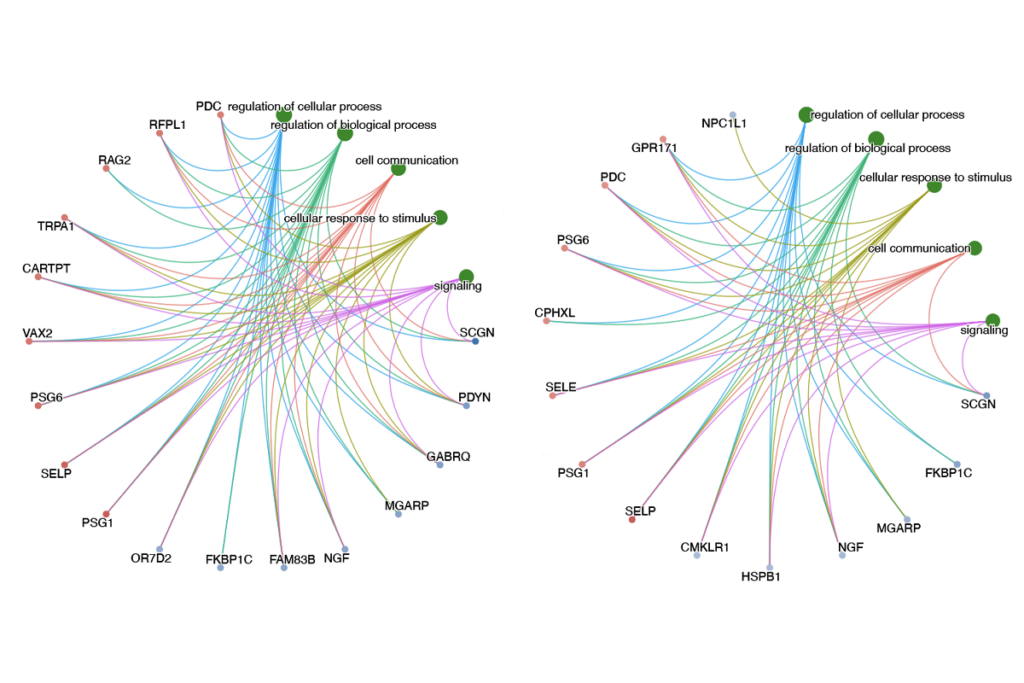
New tool may help untangle downstream effects of autism-linked genes
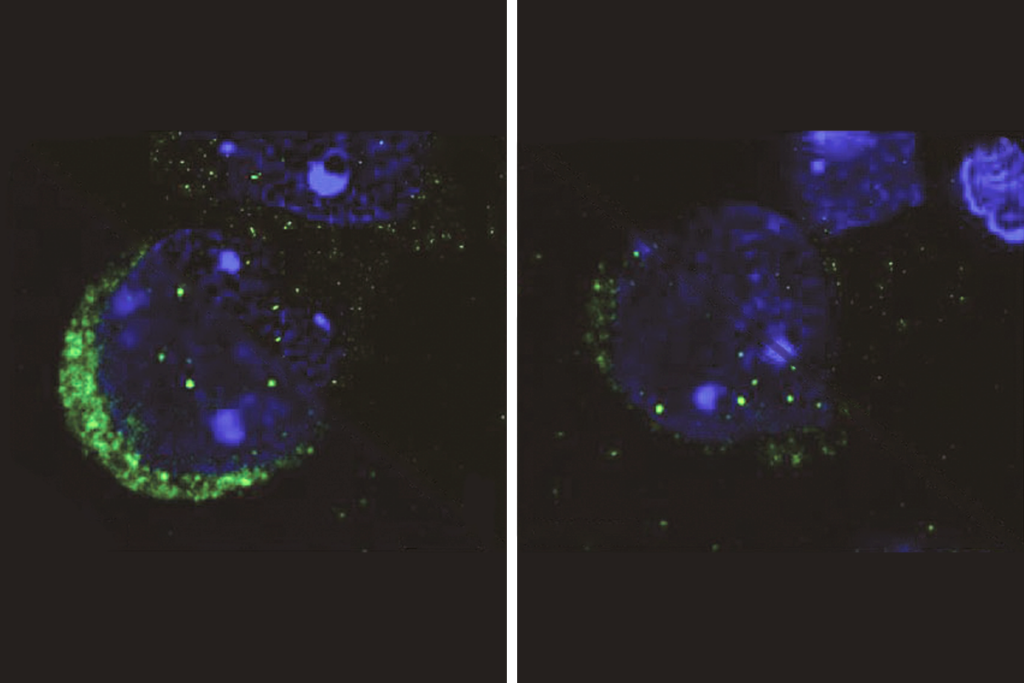
NIH neurodevelopmental assessment system now available as iPad app
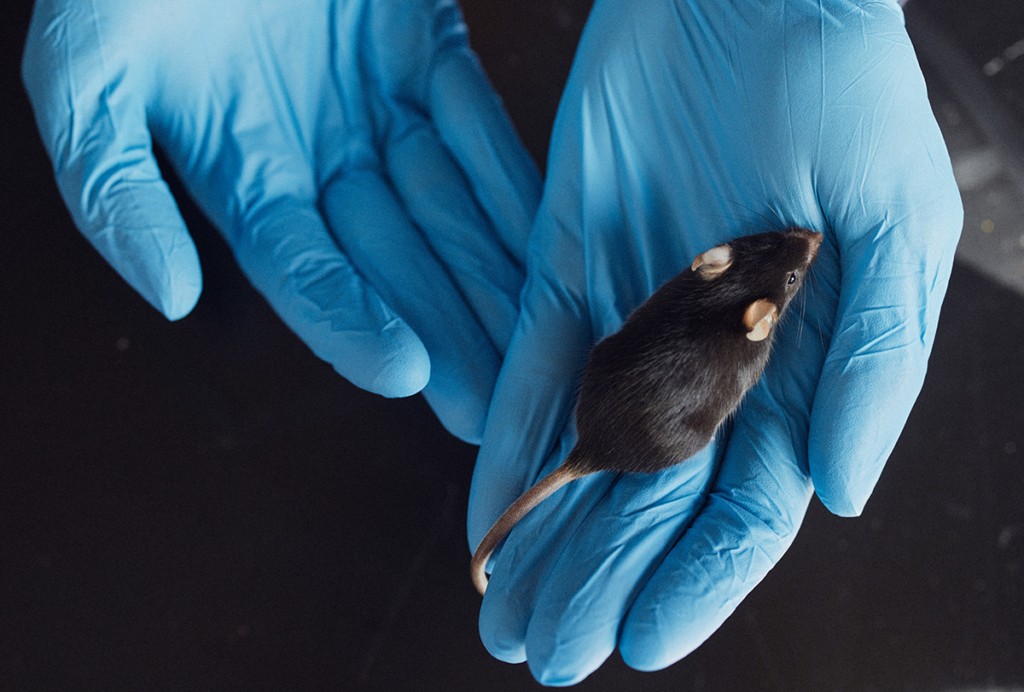
Molecular changes after MECP2 loss may drive Rett syndrome traits
Explore more from The Transmitter
Who funds your basic neuroscience research? Help The Transmitter compile a list of funding sources

The future of neuroscience research at U.S. minority-serving institutions is in danger
